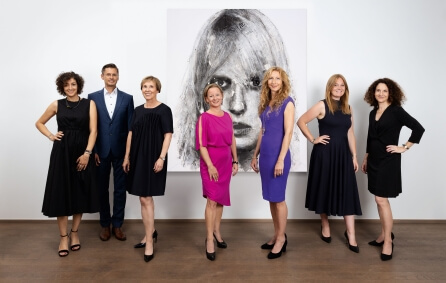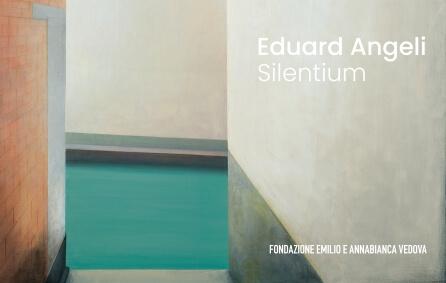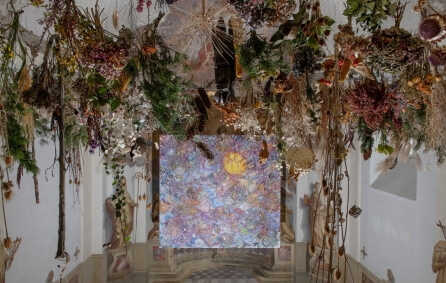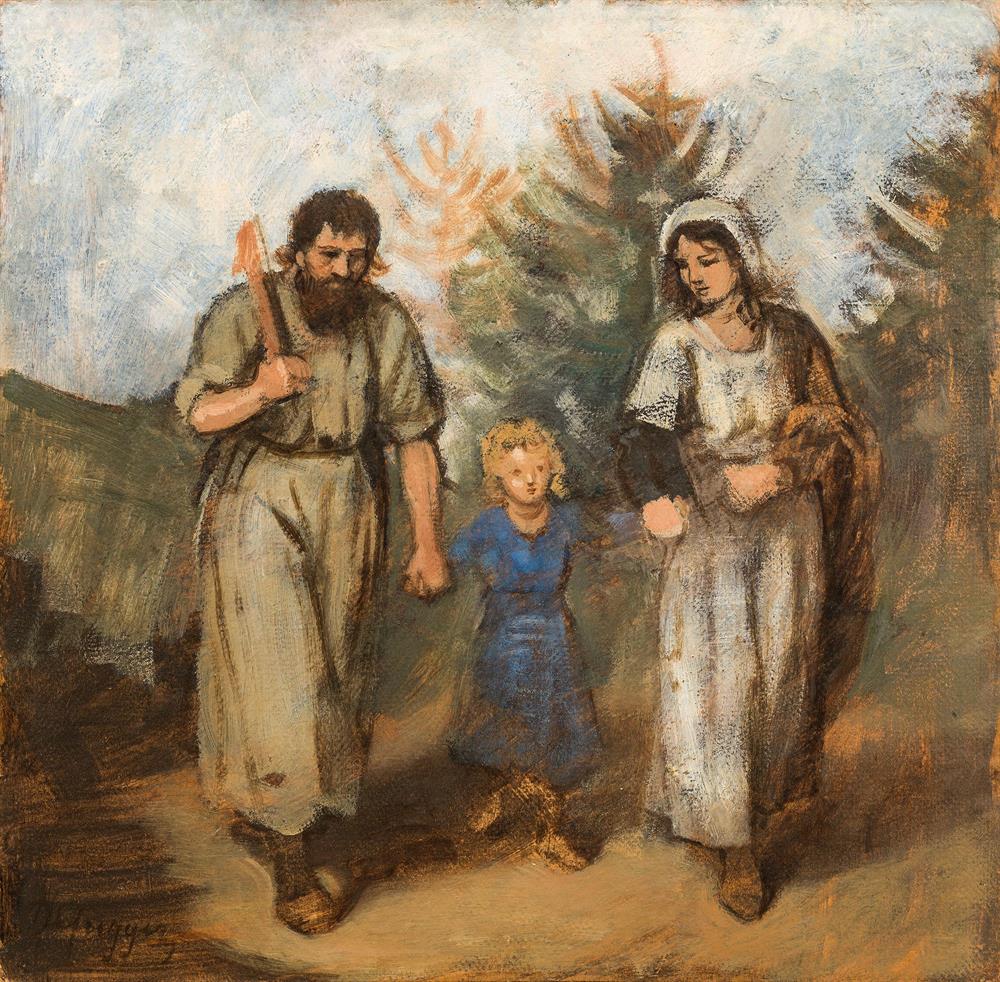
Franz von Defregger
The following artworks are for sale
Biography
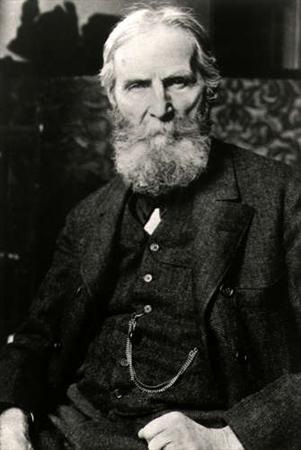
Franz (von) Defregger wurde 1835 als Sohn eines wohlhabenden Bauern auf dem Ederhof in Osttirol geboren. Den kühnen Plan, nach dem frühen Tod des Vaters nach Amerika auszuwandern, verwarf der junge Bauernsohn bald wieder, verkaufte den elterlichen Hof und ging 1860 nach Innsbruck, um Bildhauerei an der Innsbrucker Kunstgewerbeschule bei Michael Stolz zu studieren. Dieser erkannte bald das außergewöhnliche Talent des Schülers und arrangierte ein Treffen mit dem weithin berühmten Münchner Historienmaler Karl Theodor von Piloty. Auf dessen Rat bewarb sich Defregger an der Münchner Kunstakademie und fand 1861 Aufnahme in die Malklasse von Hermann Anschütz. 1863 bis 1865 hielt er sich zu Studienzwecken in Paris auf und arbeitete nach seiner Rückkehr im Atelier seines Mentors Piloty. Franz von Defreggers thematisch und stilistisch unverwechselbare Arbeiten fanden bald so großen Anklang, dass er eine Professur für Historienmalerei in der Komponierklasse der Münchner Kunstakademie angeboten bekam und von 1878 bis 1910 dort unterrichtete. 1883 erhielt er den Verdienstorden der bayrischen Krone und wurde in den Adelsstand erhoben. Franz von Defregger führte einen glanzvollen Salon in seinem repräsentativen Haus in München, besaß aber einen zweiten Wohnsitz in Bozen, wo er viel Zeit verbrachte. 1921 verstarb er in München.
Franz von Defregger ist neben Friedrich August von Kaulbach, Wilhelm Leibl und Franz von Lenbach einer der bedeutendsten Künstler der sogenannten Münchner Schule. In der zweiten Hälfte des 19. Jahrhunderts prägten die Münchner Künstler die europäische Kunstentwicklung maßgeblich und machten die bayrische Hauptstadt zwischen 1850 und 1914 zu einem veritablen Zentrum der Malerei. Wie kaum ein anderer Maler seiner Zeit war der Bauernsohn Franz von Defregger wohl der kongeniale Chronist des ländlichen Lebens, gewissermaßen ein „Insider“, der bestens mit den bäuerlichen Historien, dem Alltagsleben und den Mentalitäten vertraut war. Schon früh, noch als er mit seinen Mitstudenten Hans Makart und Gabriel von Max im Atelier seines Lehrers Piloty arbeitete, schuf er monumentale Genre- und Historienbilder, die alsbald die Aufmerksamkeit der Kunstwelt erregten. Seine zahlreichen – bereits zu Lebzeiten durch Buchillustrationen und Druckgrafik in ganz Europa verbreiteten – feinfühligen Porträts sowie die vielfältigen Darstellungen aus heimatlicher Geschichte und bäuerlichem Alltag zeichnen sich durchwegs durch ein außergewöhnliches Gespür für Komposition und Farbgebung und eine genaue „psychologisierende“ Beobachtungsgabe aus.

